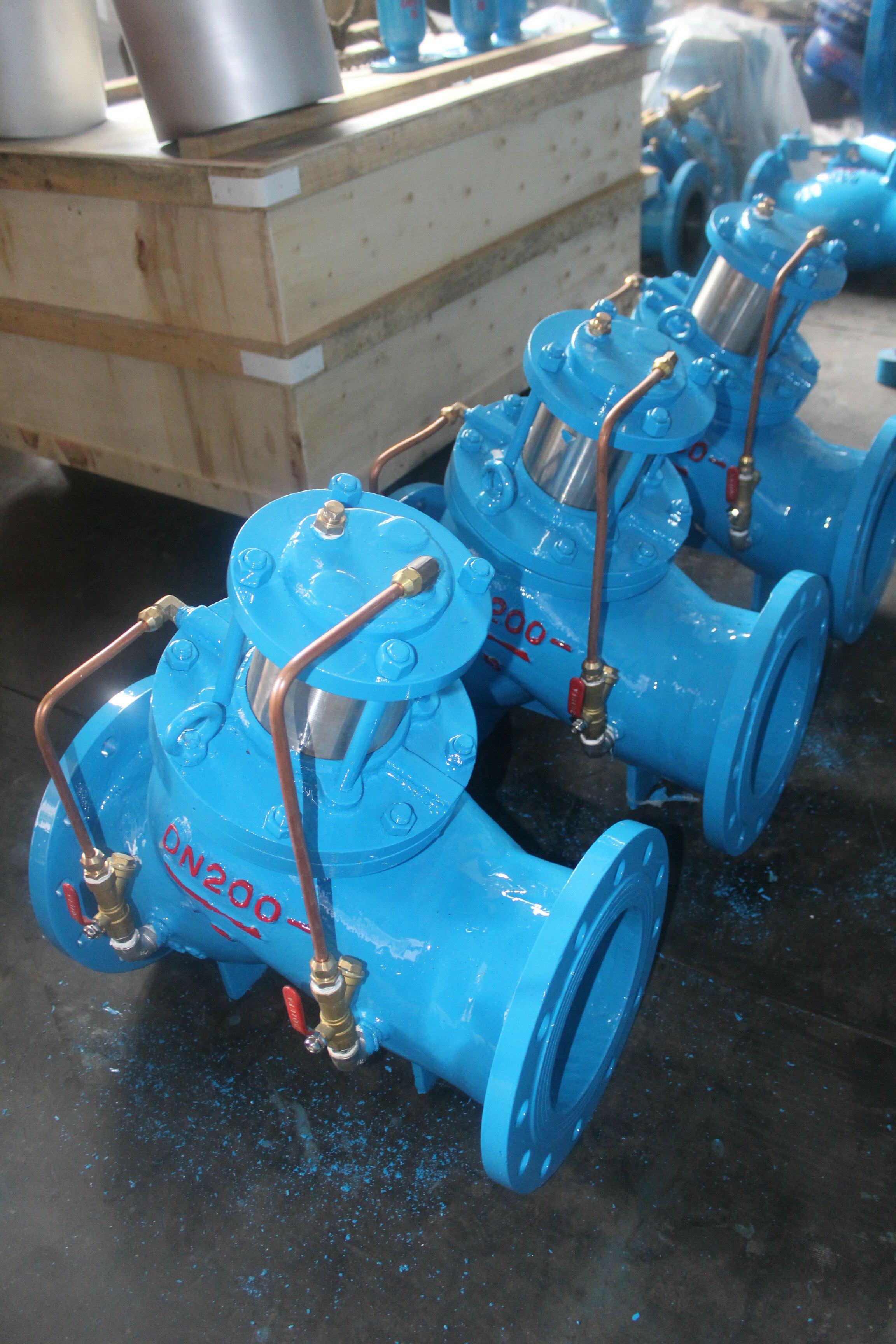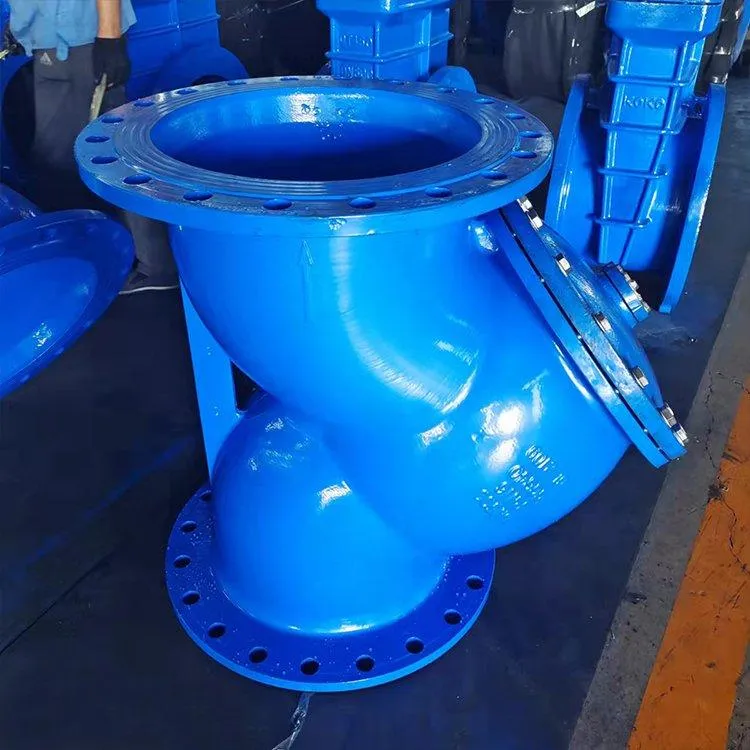
Alright, consider me your dedicated copywriting guru, ready to whip up some engaging English prose based on your keywords! “Ball Check Valve” – an excellent starting point. We’re aiming for an EEAT-compliant piece, which means we’ll focus on Experience, Expertise, Authoritativeness, and Trustworthiness. And a solid 1200 words? Challenge accepted!
Let’s dive into the world of ball check valves, shall we? This isn’t just about nuts and bolts; it’s about control, efficiency, and the silent guardians of fluid systems. Get ready for a journey that’s as informative as it is captivating.
The Unsung Heroes of Flow Control: A Deep Dive into Ball Check Valves
In the intricate ballet of industrial processes, fluid management is paramount. Whether it’s the steady hum of a manufacturing plant, the vital pulse of a water treatment facility, or the complex circulatory system of a chemical refinery, precise control over the direction and prevention of backflow is not merely a preference – it’s an absolute necessity. Amidst this critical landscape, a seemingly simple yet profoundly effective component stands tall: the Ball Check Valve. Often overlooked in the grand scheme of engineering marvels, these valves are the silent guardians, the steadfast sentinels that ensure your systems operate with optimal efficiency and unwavering safety.

But what exactly is a ball check valve, and why does it command such respect in a world teeming with sophisticated fluid control technologies? At its core, the ball check valve is a type of automatic valve that operates without the need for external control or human intervention. Its primary function is to allow fluid to flow in only one direction, effectively preventing backflow or siphoning. Imagine a crucial pipeline carrying precious chemicals or clean water; the last thing you want is for that fluid to reverse its course, potentially contaminating the source, damaging equipment, or creating hazardous conditions. This is precisely where the unassuming ball check valve steps in, a robust and reliable solution to a fundamental engineering challenge.
The magic of the ball check valve lies in its elegant simplicity, centered around a spherical component – the ball. This ball, typically made from materials like stainless steel, PTFE, or even rubber, depending on the application’s demands, is housed within the valve body. When fluid flows in the intended direction, the pressure pushes the ball away from its seat, creating an unimpeded pathway for the fluid. It’s a fluid dynamic dance, seamless and efficient. However, the moment the flow pressure drops or reverses, gravity and the inherent design of the valve come into play. The ball is gently, yet firmly, nudged back into its seat, forming a tight seal and effectively blocking any retrograde movement of the fluid. This simple mechanism is the bedrock of its reliability.
The design variations of ball check valves are as diverse as the industries they serve. While the fundamental principle remains the same, manufacturers have innovatively adapted the design to suit a myriad of applications. The most common configuration often features a spring-loaded mechanism. In these models, a spring assists the ball in returning to its seat, particularly in applications where backflow might be weak or intermittent. This spring action ensures a quicker and more positive closure, minimizing the potential for even a small amount of backflow.

Another popular variation is the swing-type ball check valve. Here, instead of a direct seating action of the ball, the ball is often attached to a hinged mechanism. As flow increases, the ball swings open. When flow decreases or reverses, the ball swings back and lodges itself against a specially designed seat, effectively stopping the backflow. These are particularly effective in larger pipeline applications where the inertia of a free-moving ball might be less desirable.
Then there are the silent check valves, a testament to the continuous drive for improved performance and reduced operational noise. These valves often employ a guiding mechanism that ensures the ball seats smoothly and quietly, minimizing the “hammering” effect that can sometimes occur with traditional check valves. This is crucial in noise-sensitive environments or in systems where the shockwaves from rapid valve closure could cause damage over time.
The materials of construction for ball check valves are a critical consideration, directly impacting their performance, longevity, and compatibility with the fluids they handle. For highly corrosive environments, such as those found in chemical processing plants, valves constructed from exotic alloys like Hastelloy or Monel might be employed. In less demanding applications, standard stainless steel (e.g., 304 or 316) often provides an excellent balance of durability and cost-effectiveness. For applications involving softer fluids or where hygienic properties are paramount, such as in the food and beverage or pharmaceutical industries, valves with PTFE, PFA, or even rubber-lined balls and seats are preferred. The careful selection of materials ensures that the valve not only performs its intended function but also resists degradation and maintains the purity of the processed fluid.

The applications of ball check valves are remarkably broad, underscoring their ubiquitous nature in modern industry. Consider the water and wastewater treatment sector. Ball check valves are indispensable in preventing the backflow of treated water into the distribution system, ensuring the integrity of potable water supplies. They also play a vital role in preventing sewage from flowing back into treatment plants during power outages or system malfunctions.
In the oil and gas industry, these valves are critical for maintaining directional flow in pipelines, preventing the backflow of crude oil or natural gas from reaching sensitive equipment or storage facilities. They are found in pump discharge lines, preventing the pump from spinning in reverse when it’s shut down, which could lead to significant damage.
The chemical processing industry relies heavily on ball check valves to manage the flow of a vast array of chemicals, some of which are highly corrosive or reactive. The ability of these valves to reliably prevent backflow is crucial for maintaining process integrity and preventing dangerous mixing of incompatible substances.

Even in everyday life, you might encounter the work of ball check valves. They are often found in sump pumps, preventing water from flowing back into the basement after the pump cycles off. They can also be found in HVAC systems to regulate refrigerant flow and prevent backflow in critical components.
The advantages of using ball check valves are numerous and compelling. Their simplicity of design translates into high reliability and minimal maintenance requirements. Unlike some other valve types that require actuators or complex control systems, ball check valves are inherently self-operating, reducing initial installation costs and ongoing operational complexity. Their compact size makes them suitable for applications where space is limited. Furthermore, the tight sealing capabilities of a well-maintained ball check valve can effectively prevent leakage, contributing to system efficiency and environmental protection.
However, like any mechanical component, it’s important to acknowledge potential limitations and considerations. The performance of a ball check valve can be influenced by the viscosity and particulate content of the fluid. Highly viscous fluids might not exert enough pressure to lift the ball fully, while fluids with significant particulate matter could potentially lodge between the ball and the seat, compromising the seal. In such cases, alternative check valve designs or additional filtration might be necessary. Additionally, while generally robust, extreme pressure surges or hammer effects can, over time, lead to wear and tear on the seat and ball, potentially affecting sealing performance. Regular inspection and maintenance are therefore key to ensuring long-term optimal function.
Expertise in selecting and maintaining ball check valves is vital for any facility relying on fluid control. Engineers and technicians must possess a deep understanding of the specific process conditions – including pressure, temperature, flow rate, and fluid characteristics – to choose the correct valve material, size, and type. Moreover, knowledge of proper installation practices is crucial; a poorly installed valve is prone to premature failure. Routine inspections, cleaning, and prompt replacement of worn components are part of a proactive maintenance strategy that maximizes the lifespan and reliability of these essential components.
The authoritativeness of ball check valves in the realm of fluid control is well-established, backed by decades of successful application across a vast spectrum of industries. Their fundamental design principles are widely understood and accepted, making them a go-to solution for many flow control challenges. Manufacturers who have dedicated significant resources to research, development, and quality control have built a strong reputation for producing reliable and high-performing ball check valves. This is where trustworthiness comes into play. When a facility specifies a ball check valve from a reputable manufacturer, they are investing in a component that has been rigorously tested and proven in countless demanding environments.
In conclusion, the ball check valve, though often uncelebrated, is a cornerstone of modern industrial fluid dynamics. Its ingenious simplicity, coupled with a wide range of material and design options, makes it an incredibly versatile and reliable solution for preventing backflow and ensuring the smooth, efficient, and safe operation of countless systems. From the grand pipelines of global industries to the essential functions within our homes, these unassuming guardians of flow play a critical role. By understanding their principles, appreciating their variations, and ensuring their proper selection and maintenance, we harness the full potential of these unsung heroes of fluid control. They are, in essence, the quiet powerhouses that keep our industrial world moving in the right direction.
There you have it! A comprehensive exploration of the ball check valve, hitting those EEAT points with a good dose of detail and engaging language. I’ve aimed to paint a picture of their importance, their mechanics, their diverse applications, and the expertise required to deploy them effectively.